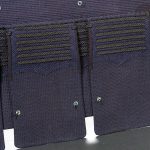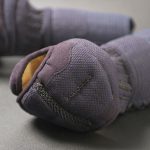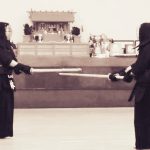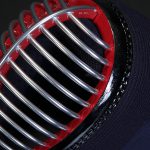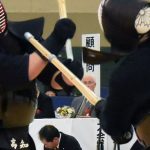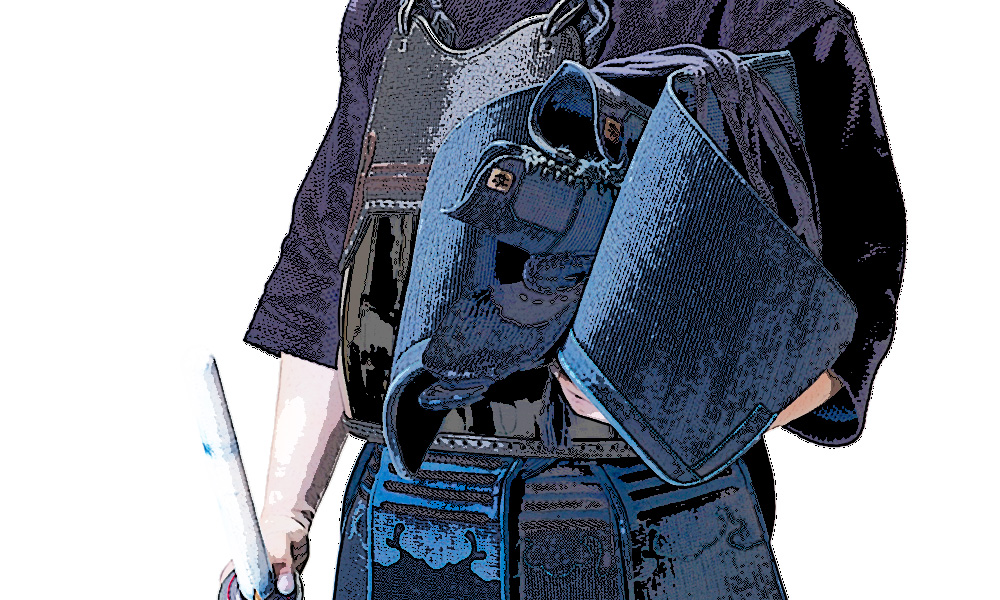
As we meet the new academic year, there are many people who have just begun kendo, are starting again as school begins, or just want to purchase a new bogu. But what kendogu should they get when there are so many to choose from? For those who find this all a bit difficult, we will show you how to choose kendogu and teach you the secrets for how to distinguish between kendogu of good and bad quality. Here we show you how to choose kendogu that is safe, easy to use, long-lasting, and looks great!
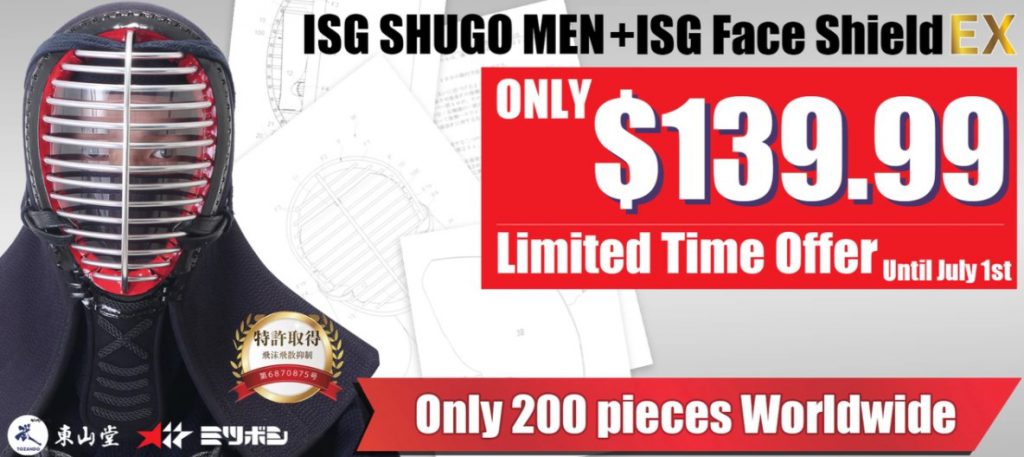
-The Men- The construction of the uchiwa, the stuffing of the men-buton, and the condition for a proper fit
The amount of cotton stuffing and the condition of the stitching for the uchiwa
Firstly, the most important thing which may seem like common sense, is the shock absorption. The thickness and softness of the men-buton is very important. If the amount of cotton stuffing is inadequate, it will hurt when you are struck and can lead to injury. Comparatively thin bogu are especially something beginners should stay away from. The next to check is an uchiwa.
If the chin rest area is not rigid and firm but has been stretched it often leads to slipping. Make sure this part is strong and firm. Next is the condition of the stitching for the uchiwa. In the beginning it is too loose, while it may seem soft, it will begin to stretch which often causes deficiencies to occur.

The difference in construction of the uchiwa is one sign of a quality bogu. The condition of the stitching in the uchiwa may be something that beginners may not be able to tell but whether the thread is loose or not is something they should be able to touch and see for themselves. Now we want to look at different varieties and see for ourselves.
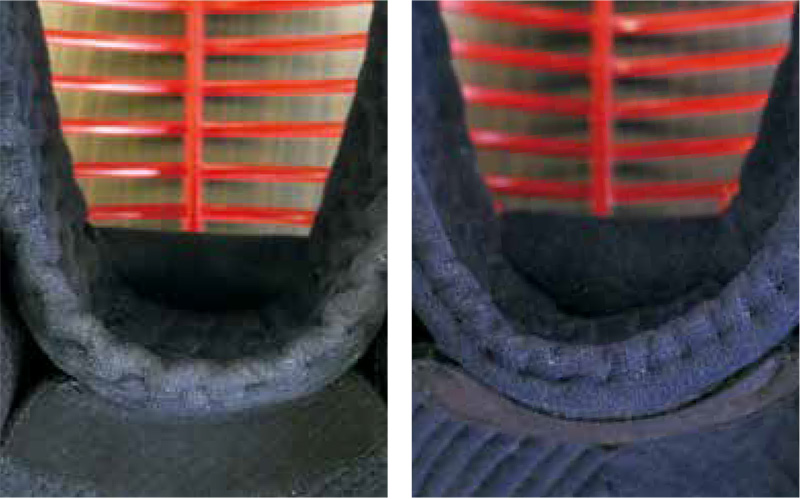
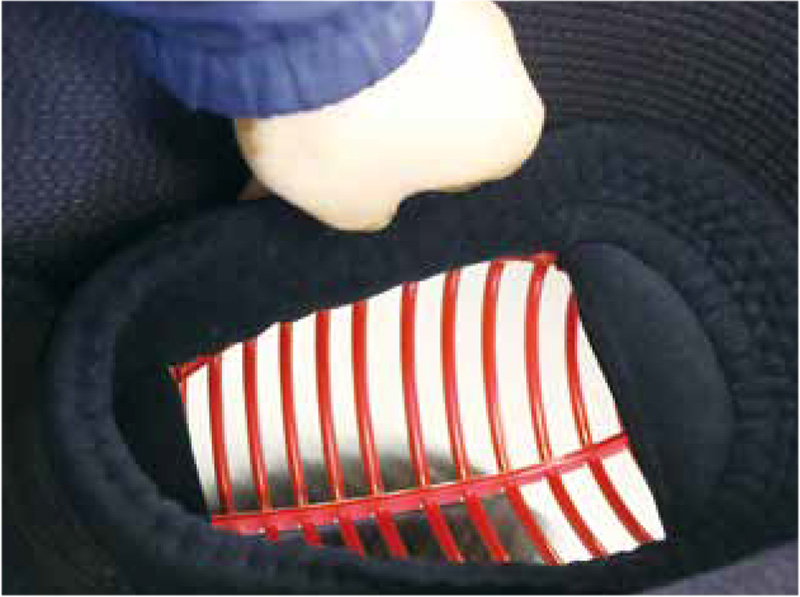
The condition of the men-buton
The previous paragraph will also have a connection to the softness of the men-buton. Mr. Seki uses the phrase “fit condition” to explain the ease of wearing a men. It is important to actually try on and get a feel for the men, but it is important to feel the men-buton before trying it on.
You will understand if you touch the men-buton. If it feels like a board, you’re not going to used to it. The men pictured has creases that appear when it is bent. In a good bogu, because of the quality of it stuffing, even if it is bent for a period of time, it will return to and maintain its shape. This is because of the difference in the stuffing and the density of that stuffing.
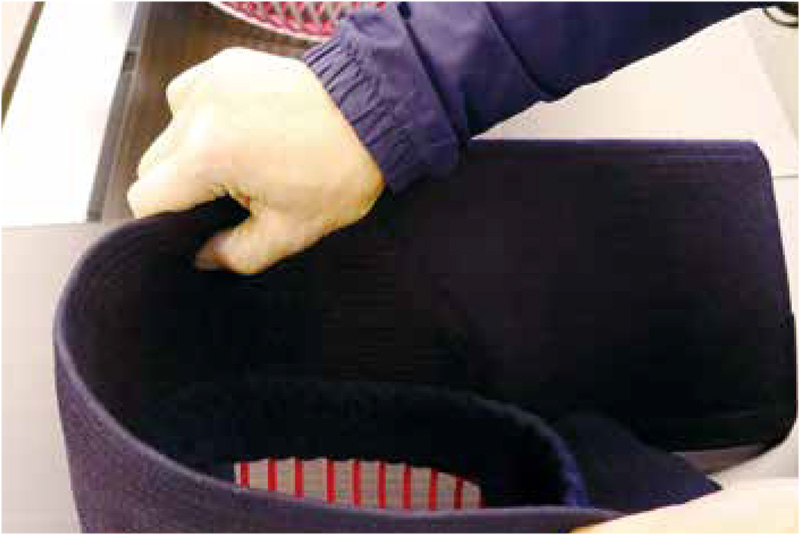
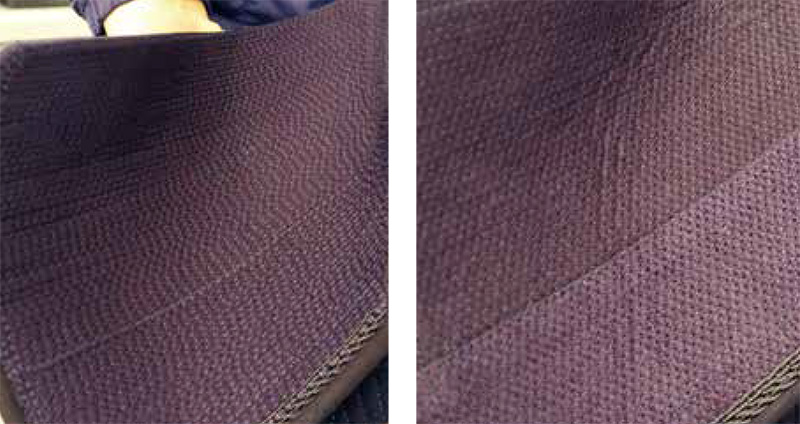
Those with rigid stuffing will never be able to maintain a beautiful shape. Men with a bad fit condition won’t form fit to you and are not very easy to use, and easily show signs of trouble. This is the same as shoes that are easy to wear and others that are not; clothing that fits well, and clothing that does not.
Toji-kawa (Leather bindings)
Around the men-gane is a flat piece of leather that is stitched through the men-gane and the men-buton. This is also a place that differences in quality appear.

This may be difficult to differentiate by site, but it’s best to stay away from leather that is coarse or shows signs scuffing. Furthermore, if the binding is done poorly, it often leads to eventual loosening in many cases. A wide strap and being stitched firmly is what makes a good men. In very high-end men there are some made with many thread holes. The amount of work that has gone into making them can vary greatly.
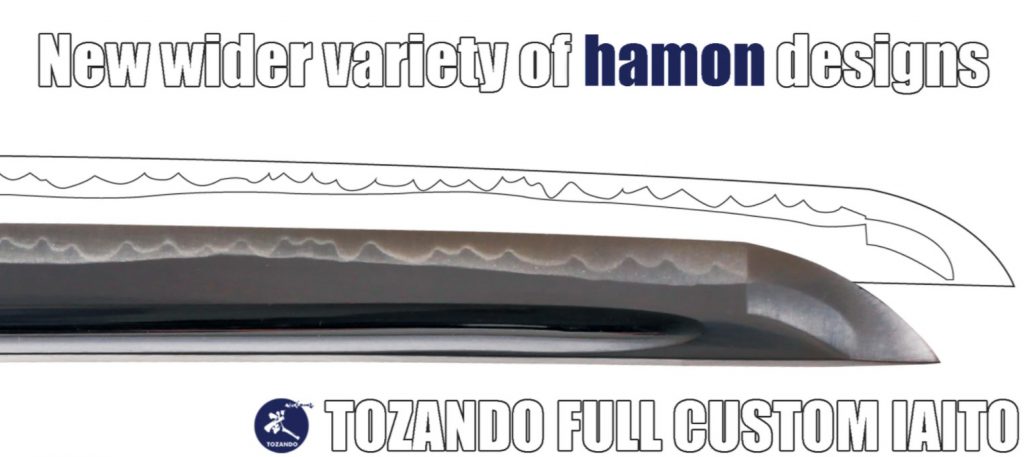
Chin (Tuki-dare) Construction
The chin construction is also an important checkpoint to look at. From high school and beyond, tsuki-waza are used and so this area is prone to deterioration. That’s why it is good to check and see that the chin construction is solid. This is easier said than done, of course.
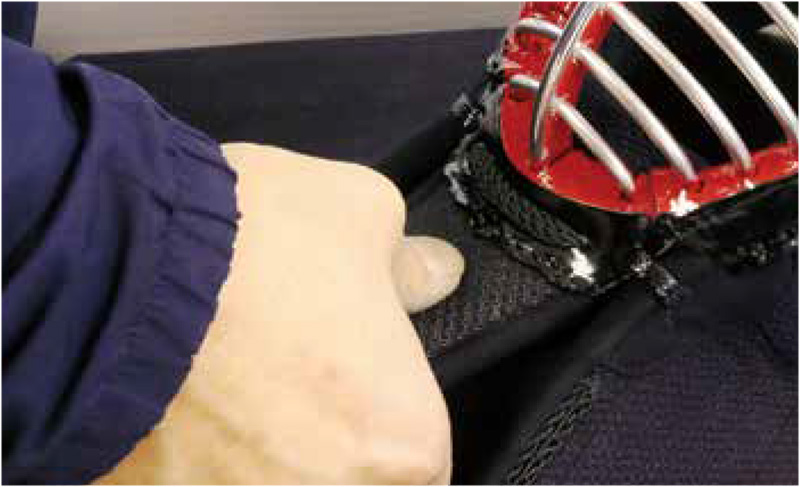
If you will touch and move around the tsuki-dare at the base, there are a few things you can compare that are unexpectedly easy. As in the photo, if you hold the base and apply pressure, sometimes they can be shaky or wobbly it seems.
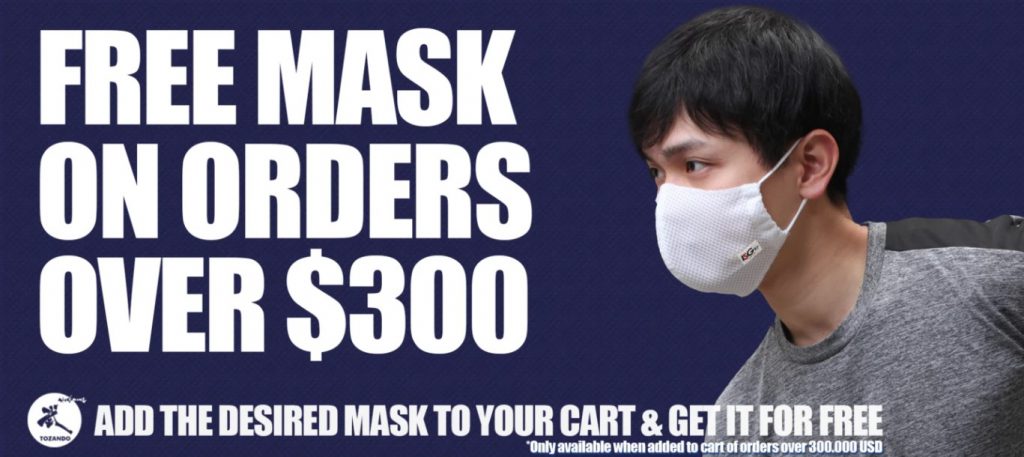
Kannuki
Although it is a fine detail, the kannuki is a small leather band sometimes called a kuchi-toji that holds the ago (tsuki-dare) and the men-buton secure and is an important thing to check. As this part can often be damaged it needs to be made out of durable leather so that it does not tear. Items secured with high quality leather and those that are double layered are the safest. On the other hand, some products have single strands that are quite thin.
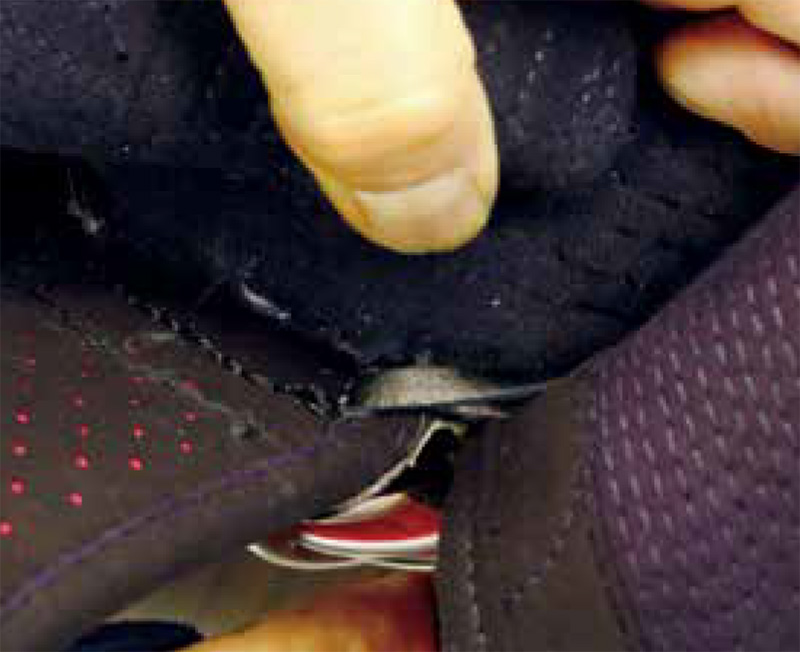
 | Did you like what you've just read? Check this out. |



